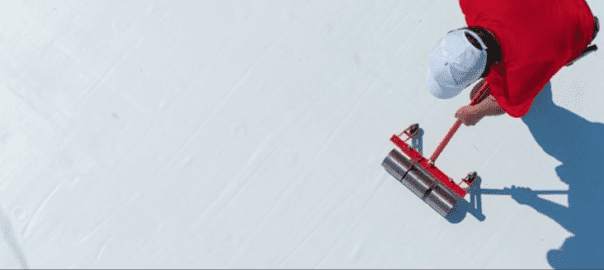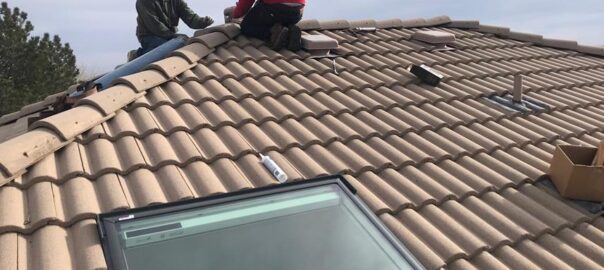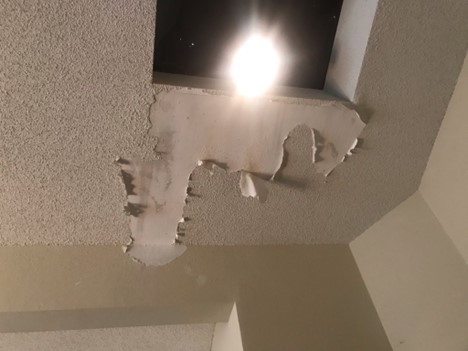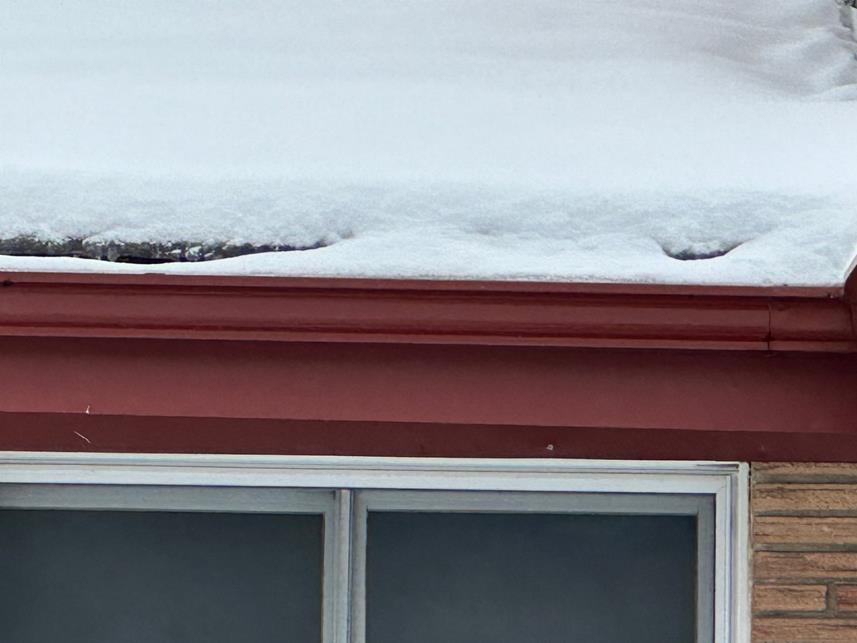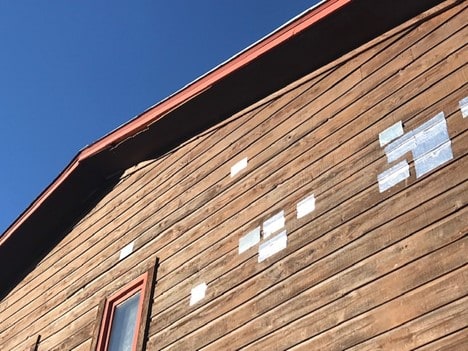I have a flat, commercial roof on my building in Longmont CO. It needs to be replaced. Do I ask for an EPDM or a TPO roof? What is the main difference?
You have 2 main different types of roofing material for a flat roof on a commercial or even residential building – TPO (Thermoplastic Polyolefin) single-ply membrane roof system or an EPDM (Ethylene Propylene Diene Monomer) synthetic rubber roofing membrane.
Honestly, there is no easy answer as to which material is better. They both are durable and cost-effective options for a metal roof, which can be much more expensive. And they both have some good and not as good factors to consider.
There are several other membrane roofing systems that can be used on a flat roof in certain situations, but in this article, we are going to focus on the pros and cons of just TPO vs EPDM.
Let’s take a look.
First, if you have a flat roof on a commercial or residential building, and you are not quite sure if you have an EPDM or a TPO roof system, you can quickly look for a few items on the roof to figure it out. As a general rule of thumb – if your roof is black, it’s most likely an EPDM material. White would most likely be TPO. Next, look at the “sheen” of the material. EPDM has more of a matte finish vs a shiny surface for TPO. You can also tell by actually touching it. Since EPDM is made of rubber, think of a tire innertube, it’s a little bouncy to the touch whereas TPO is harder and can have a mesh in its layers for strength and is made from plastic. Lastly, look at the seams. TPO will have seams that are mechanically welded whereas EPDM will have fewer seams because it comes in wider rolls and the seams are glued and taped by hand.
Let’s start our comparison by saying that under the EPDM or TPO systems, the substructure of the single-ply material is almost identical in how it is built out. So, it really comes down to the choice of surface material.
Here are several overarching factors that you may want to consider when you are deciding which material to use:
- Down to basics: as a roofing membrane – TPO is made from plastic, and EPDM is made from rubber.
- Color choice: EPDM is commonly sold only in Black. Other colors can be specially ordered. TPO is primarily white and can be found in grey, tan, and a few additional colors.
- Local climate: TPO is a better choice in hotter climate ranges because it reflects the harsh sunlight. EPDM is usually black and holds it heat better during colder temperatures.
- Height of the Building: TPO weighs less than EPDM so it has an advantage of a taller building. TPO also has “welded” seams, so it tends to do a bit better with high winds. EPDM is a slightly better choice for roofs close to the ground and is slightly less expensive.
- Cost: TPO is slightly more expensive to install and repair than EPDM because of the labor factor.
TPO vs. EPDM
Comparing 2 types of Single-Ply Roofing Membrane
TPO – has been in the marketplace for approx. 20+ years / EPDM has been used for over 60 years. In the US, TPO’s popularity is building and about 50% of all commercial roofs are now made from TPO.
TPO is Chemically Adhered along with a hot air “welding” of the seams. Requires electricity to do it. Having the availability of electricity can be an issue in some situations. EPDM is Mechanically adhered with adhesive. Rolled on with anchors and seam tape. Manual Installation and requires no electricity.
TPO reflects Sunlight so it’s more energy efficient in the summer and hotter climates whereas EPDM retains heat from sunlight. A better choice for cost efficiency for winter and a number of different climates.
TPO is slightly more expensive than EPDM because of the equipment it takes to “weld” the seams on TPO. The welded seams tend to last longer in extreme weather and high winds.
TPO is about 3x more resistant to punctures than EPDM which potentially means fewer leaks with proper maintenance. But EPDM lasts longer and is slightly more resistant to weathering and has a 60-year track record.
TPO typically has a manufacturer warranty of 15 to 20 years vs EPDM on average lasts 20 to 25 years. You can get up to a 30-year manufacturer warranty with certain thickness membranes with EPDM. This is climate dependent.
EPDM can be found in wider rolls than TPO. So that you can potentially have fewer “seams” with an EPDM roof system.
Also, both TPO and EPDM are manufactured by a number of different companies. Quality is not always consistent from company to company. Ask your contractor about their opinion on the quality of the material to get the most longevity possible out of your new roof. They are going to have to stand by the manufactures warranty. They will know.
In conclusion, looking at this list of pros and cons for each of the two materials may help you decide what might work best for you based on your needs.
Be sure to consult with your roofing contractor too. Since the pandemic, in some areas of the country, commercial roofing materials have been in short supply and certain materials and accessories can be tough to find. Some supply companies are still not getting their regular quotas for their orders met yet. So, your choice might be limited to the availability of materials.
As always, do regular inspections and any necessary maintenance and repairs right away to ensure the longevity of your roof so it lasts as long as possible.
If you need help making the right choice on replacing your flat roof here on the Colorado Front Range. Give us a call! We would love to come out and take a look at your roof and help you come up with a plan that is right for you.
We have years of experience in Commercial and Residential Roofing and we would love to share our expertise with you.

